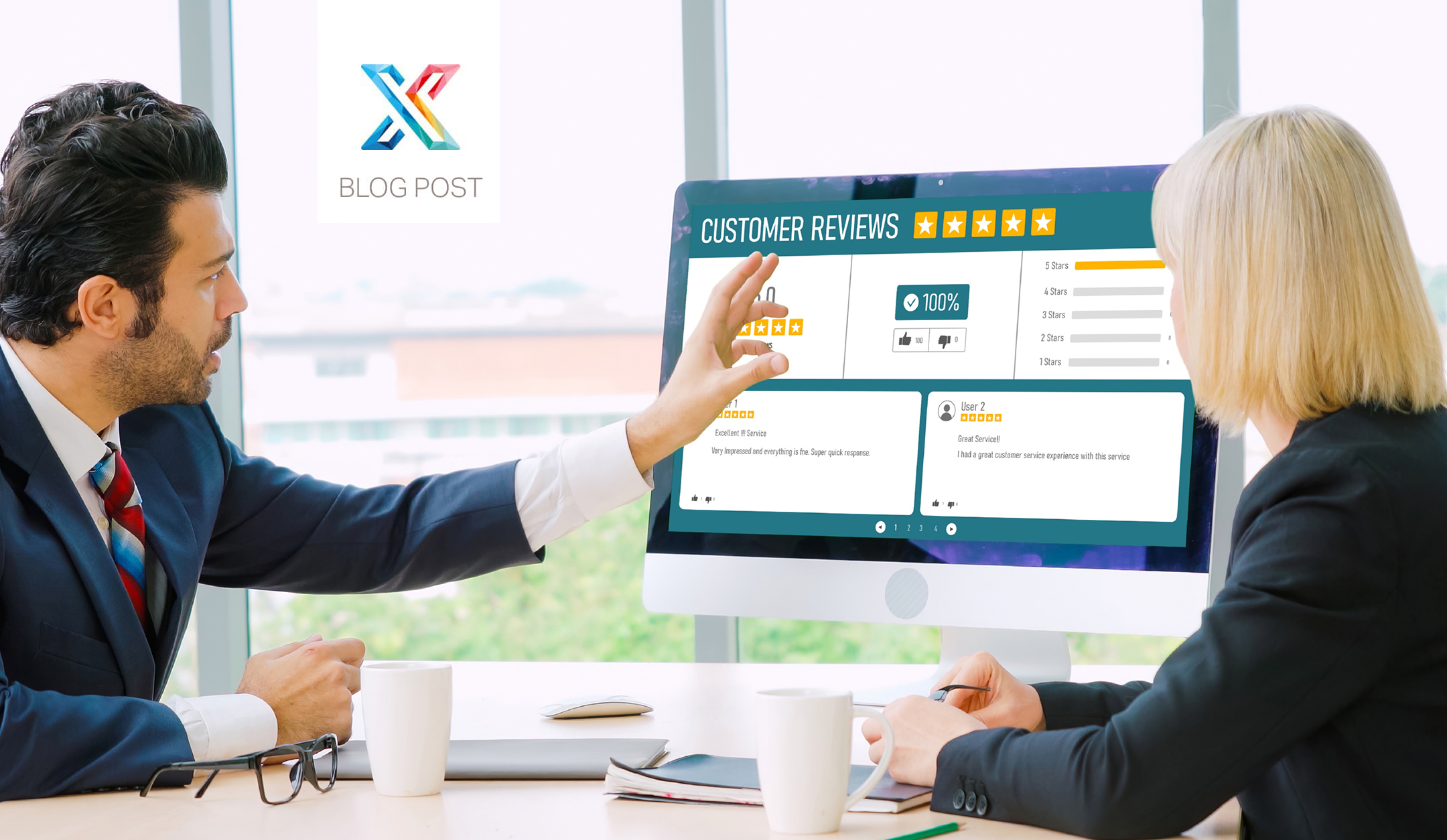You’ve determined your send list, carefully crafted your questions, launched your survey, and received your customers’ feedback – but now what?
While Customer feedback can do many things, understanding the core basics of what to do with the feedback you receive is the first step on the path to CX success.
Actively Listen & Follow Up
The moment a customer gives you feedback, it's time to show that you are listening. Don't make your feedback program like the hotels, restaurants, or airlines, where it's transactional and meaningless. Actively listening to feedback opens the door to starting meaningful conversations with your customers.
You may have a conversation with a frustrated customer to address their challenging feedback. This allows you to understand their needs, work with them to develop an action plan, and move the relationship forward in a positive direction.
You might have a customer that is satisfied but not in a 'raving fan' way. This presents an opportunity to delve deeper and understand what an ideal provider looks like for them. Once you grasp their expectations, you can tailor your services to align with their ideal, potentially transforming a satisfied customer into a 'raving fan.’
Speaking of ‘raving fans,’ they also provide an opportunity to lean in and learn. Why has their experience been so good? How did you help them specifically? Who else might need that same kind of help? You can leverage their positive feedback to market your successes and gain actual referrals.
Take the Fear Out of Feedback
When deploying or standing up a customer feedback program, it is natural for employees to be fearful or trepidatious. They wonder what leadership will do if they receive a low feedback score or a customer leaves a challenging comment.
So, leaders, it is essential that you create an air of safety inside your organization. Ensure your employees know there is no bad feedback - only challenging feedback, that no one gets in trouble for a low score, and that there are no negative consequences for perhaps being misaligned with clients.
Foster open conversations led with curiosity and empathy to understand why your staff may not be aligned with a specific client. Discuss possible root causes and power coach and guide your staff in developing action plans to get them more in alignment with client needs.
When staff start to see that you can create these meaningful open conversations, they realize feedback's not scary. It's just a tool they can use to end up with healthier relationships with their clients (and even their managers) and an internal sense of accountability to acknowledge and follow up on all feedback, positive or challenging, emerges.
Don’t Miss the Insights
As you continue to curate your customer feedback program, don’t forget to take a step back and look at the breadth of the feedback that comes in and start to curate insights. What themes are beginning to arise? Do you see a trend that is going down or one that is going up?
We worked with a global engineering firm where one of their offices consistently had some of the highest feedback results across the enterprise. Suddenly, over a six-month period, they started to see a rapid decline in their feedback scores regarding responsiveness.
As it turned out, there was a corporate-wide hiring freeze in place. People in that office were working overtime but were still unable to meet their customer demand, and as a result, responsiveness suffered.
In this example, the Voice of Customer (VoC) was very impactful in driving insights at an organizational level. While there may have been growth issues that caused the corporate-wide hiring freeze, this was the one office that was growing and thriving. It needed people and an exception to that corporate hiring freeze.
Spread the Word
Finally, make sure you publish your feedback externally. Buyers are used to searching for a widget to filter for four stars and up and using feedback reviews as a tool in their decision-making process. We don't really have a ready way to do that in the complex professional services industry. So, it's incumbent on you to publish your feedback to the marketplace.
Whether it's on your website or in your proposals, start using your customer feedback in the marketing process. Focus on KPIs you know are important to your buyers and showcase how you’re performing on them. You will establish credibility, trust, and a sense of premium experience earlier in the process. This will help you attract and then ultimately convert prospects into buyers.
The Path to CX Success Starts with the Basics
Customer feedback is a powerful tool that can offer a wealth of opportunities and insights to improve your client relationships and fuel business strategy and growth. As you begin your CX journey, remember that the start of any successful customer feedback program begins with the basics:
- listen to and follow up on all feedback – both positive and challenging
- create a safe environment to use challenging feedback as a tool to better align with client needs and ultimately create better outcomes
- identify trends and curate insights to drive strategic planning and growth
- market your successes and celebrate what you do well





